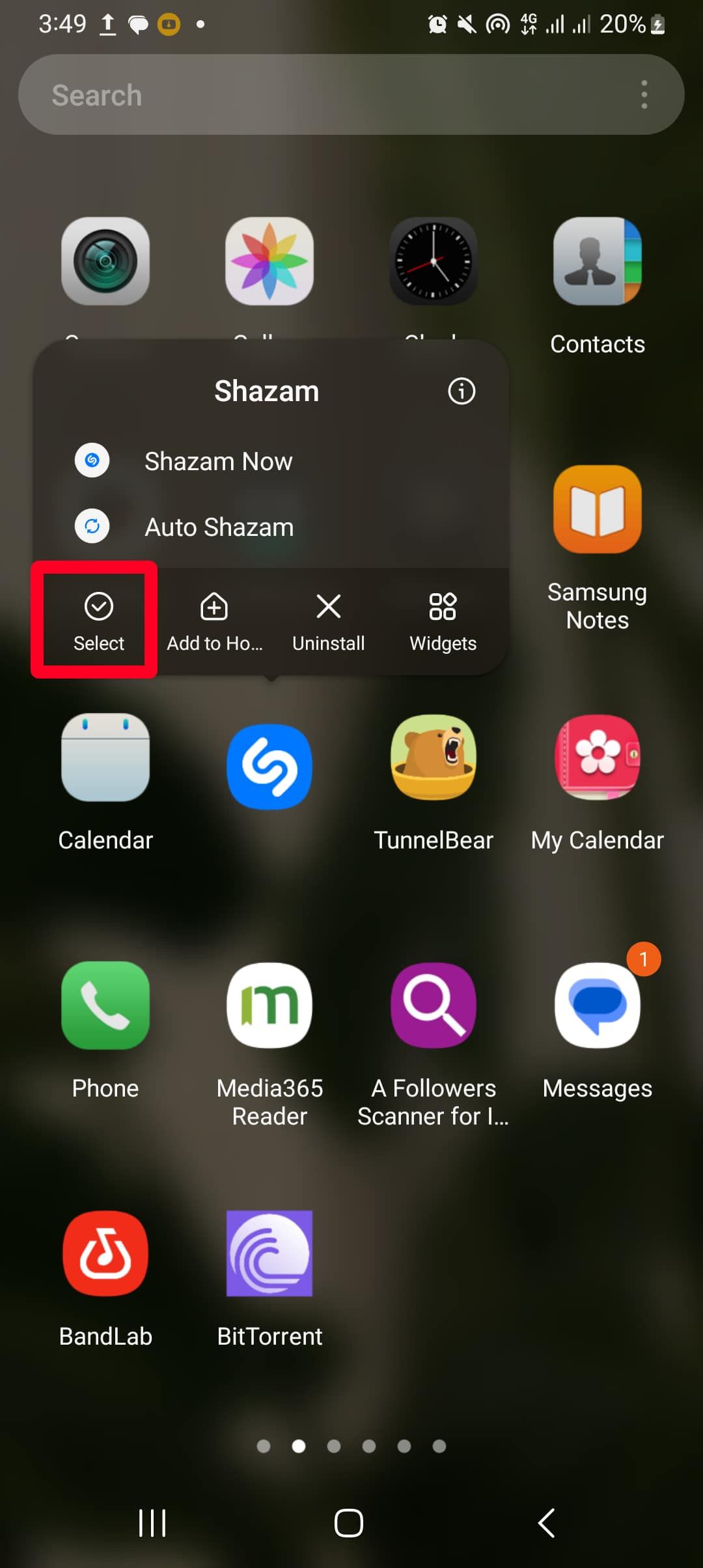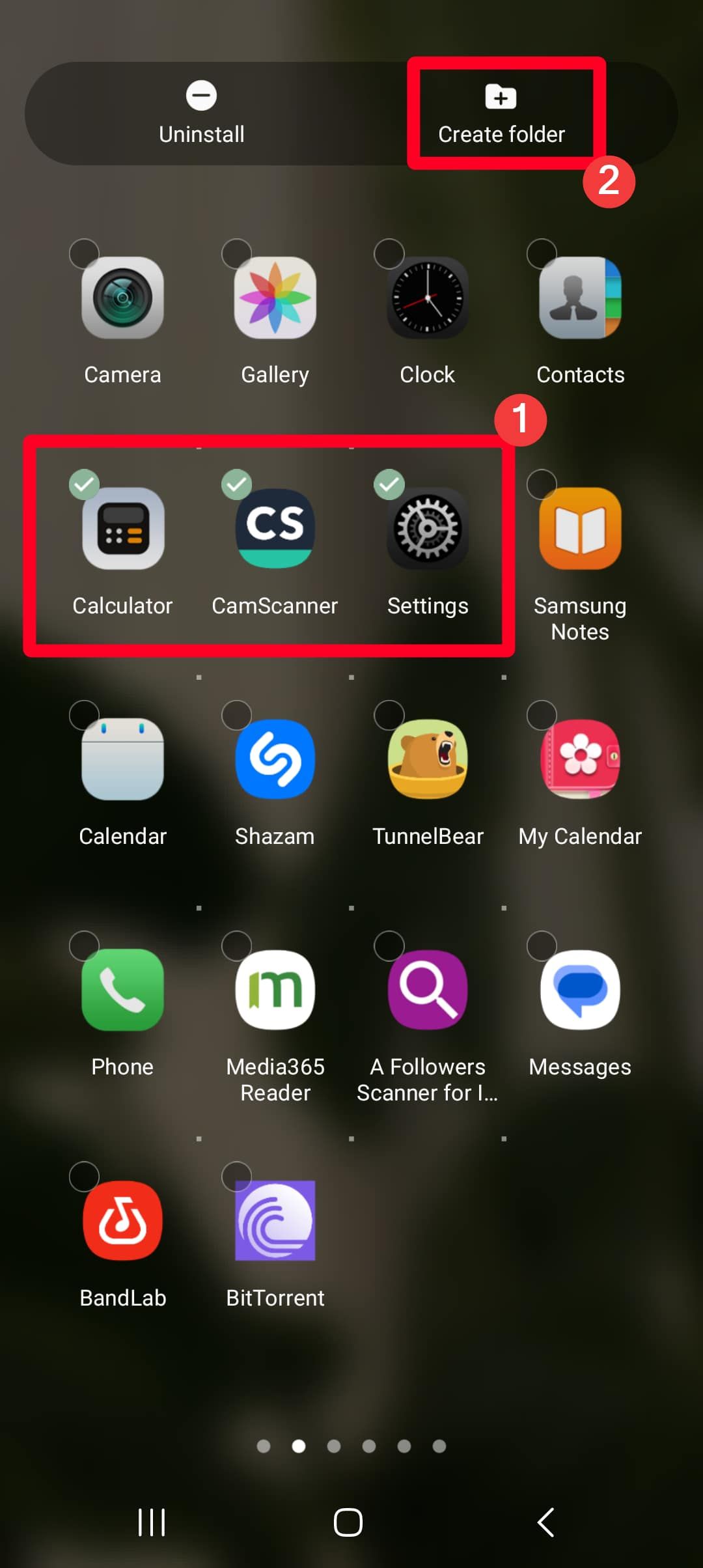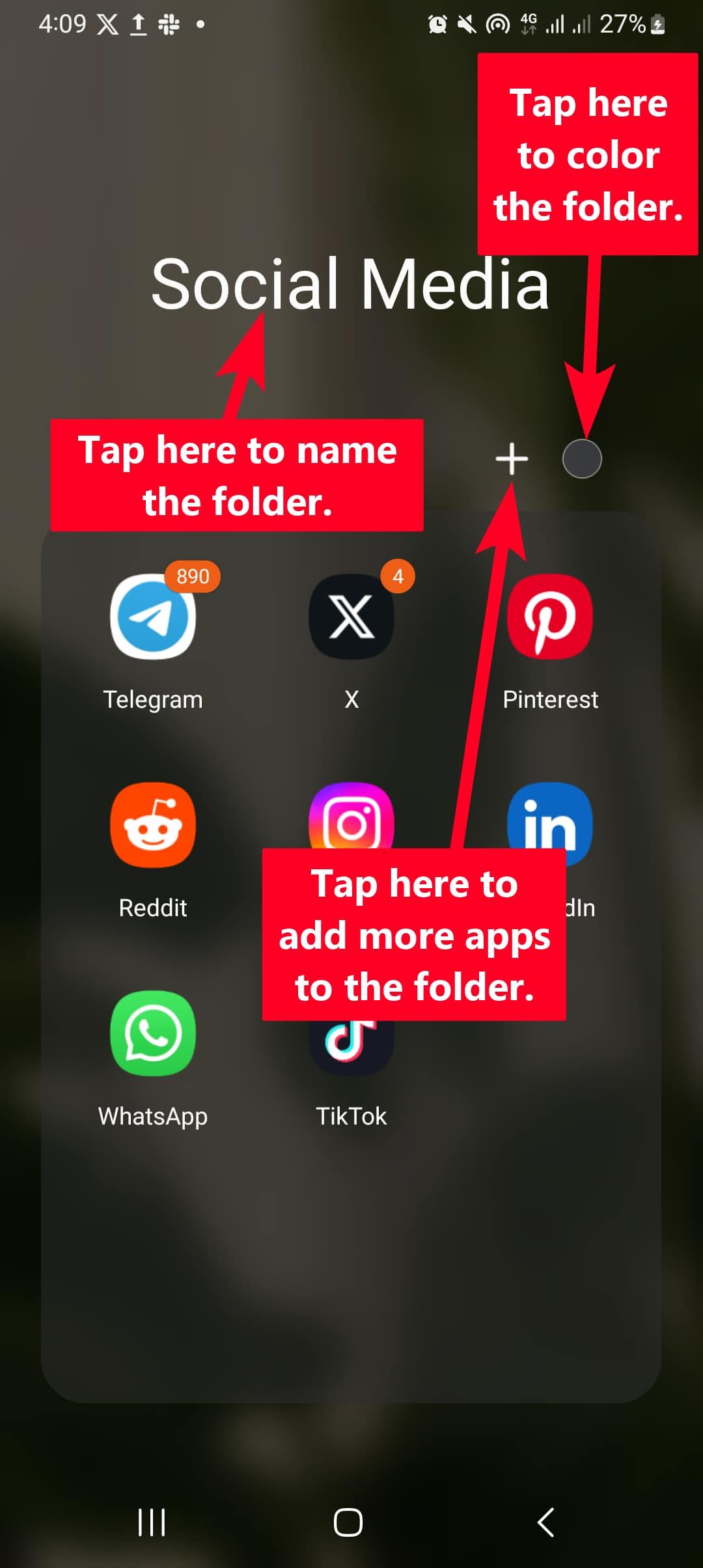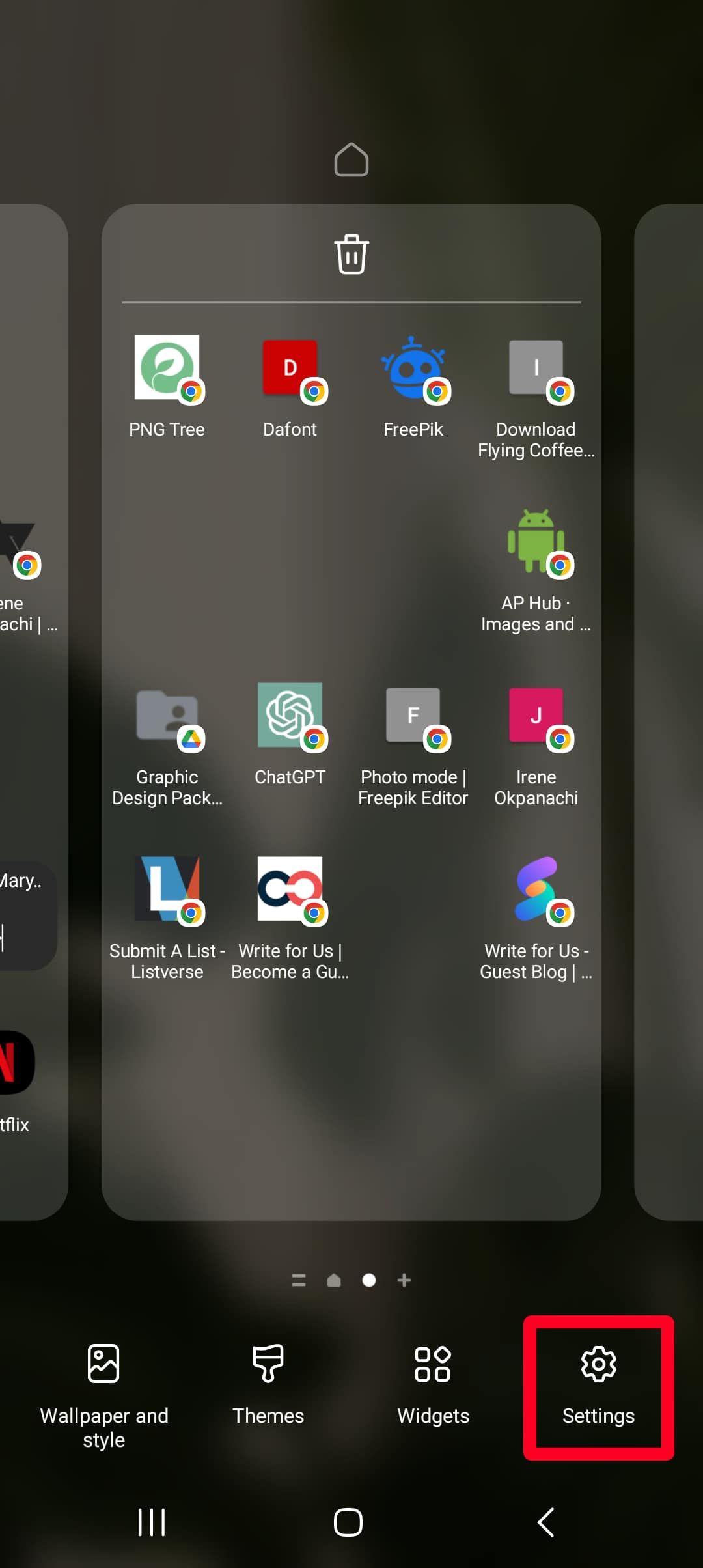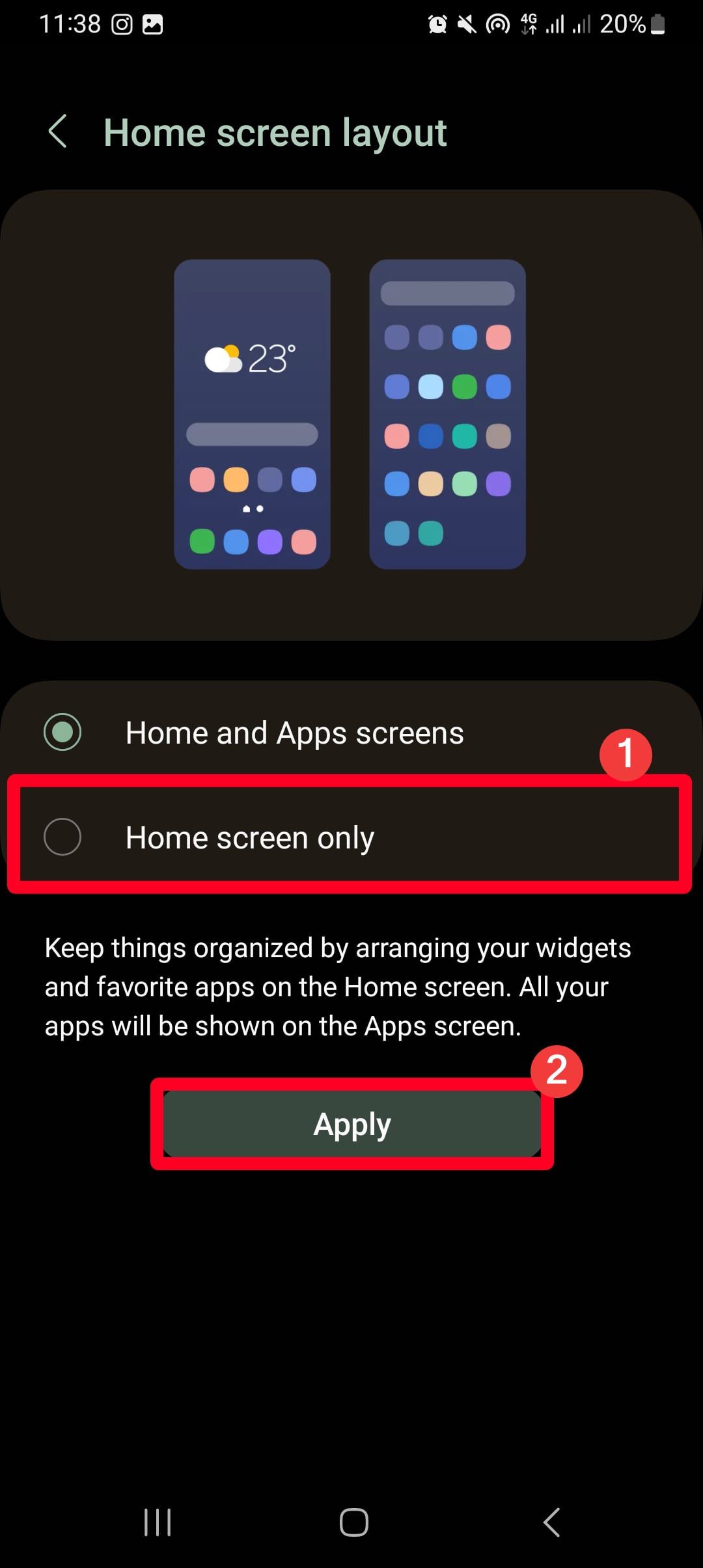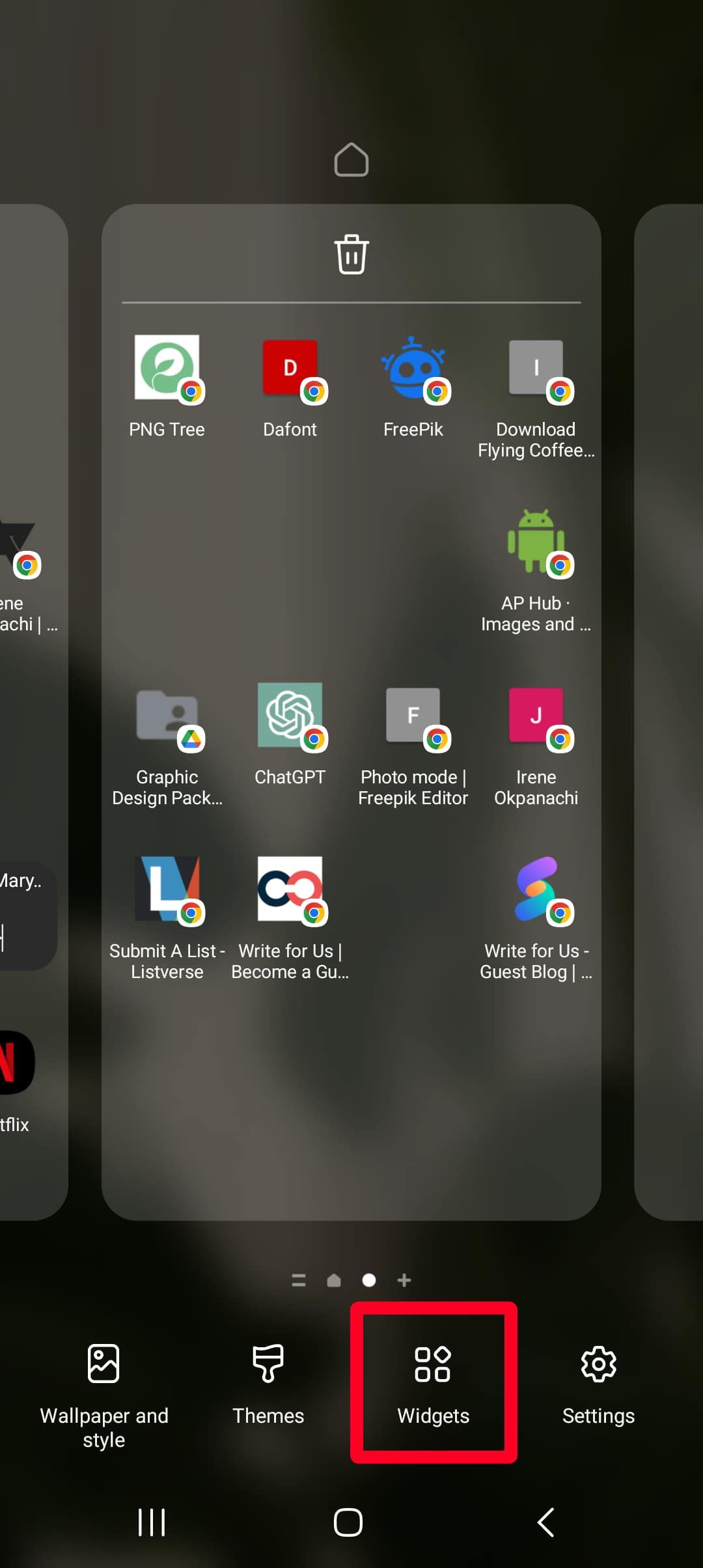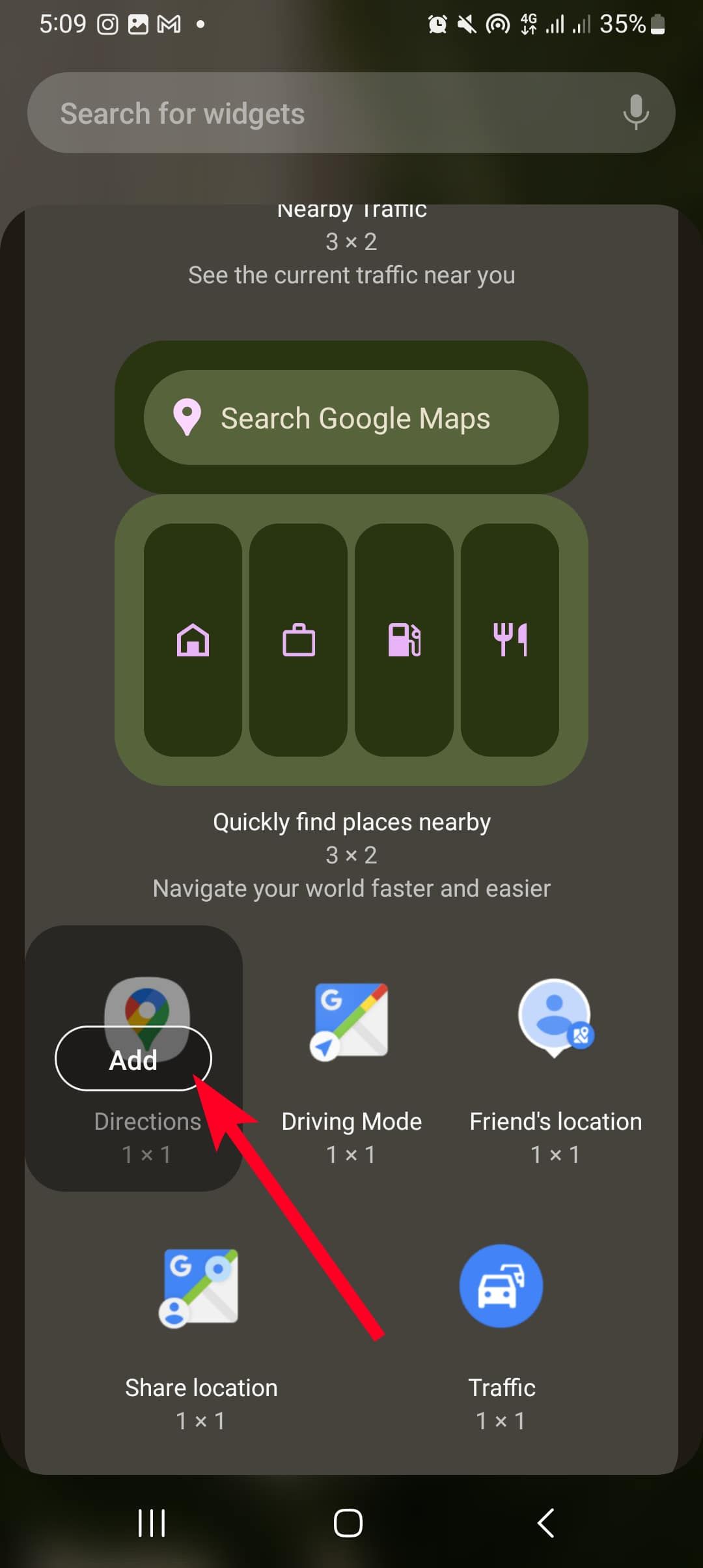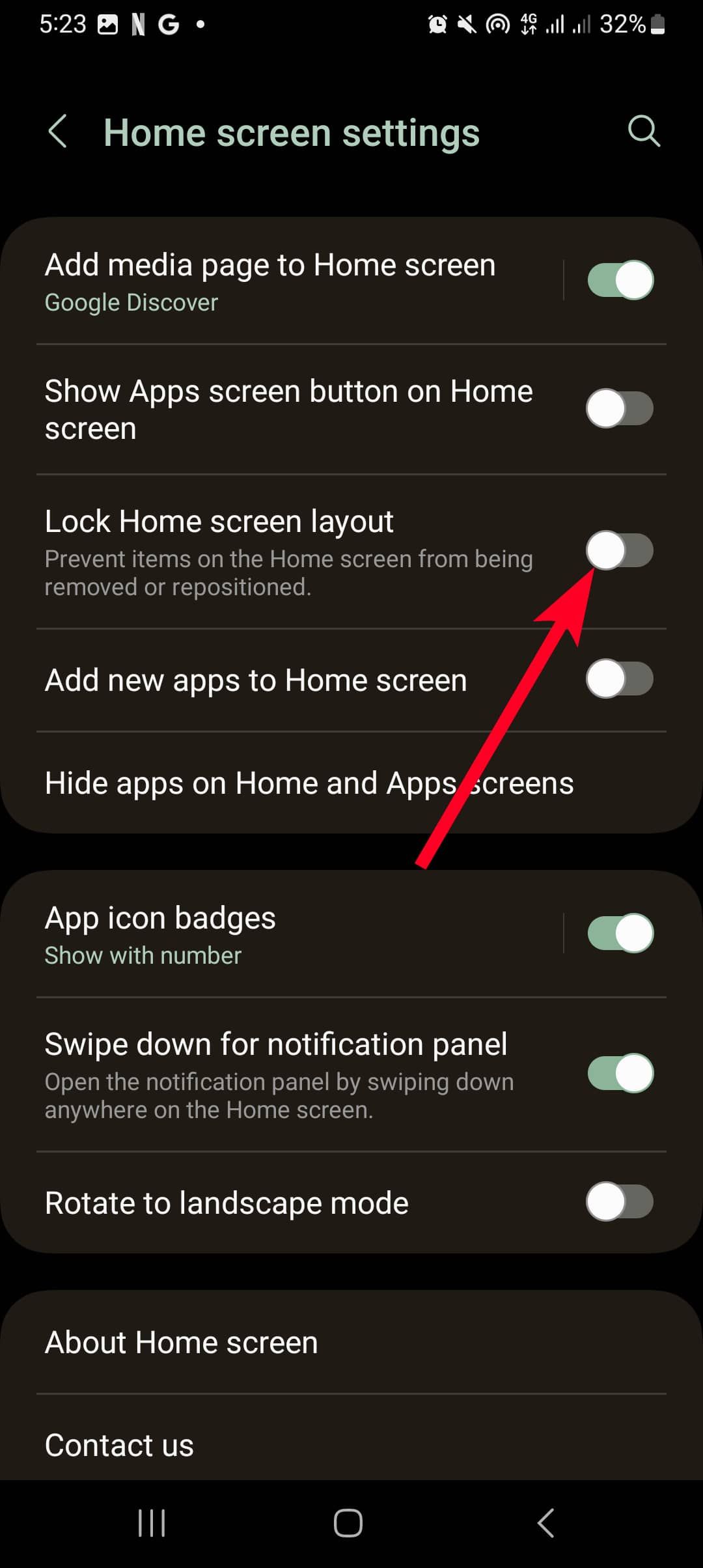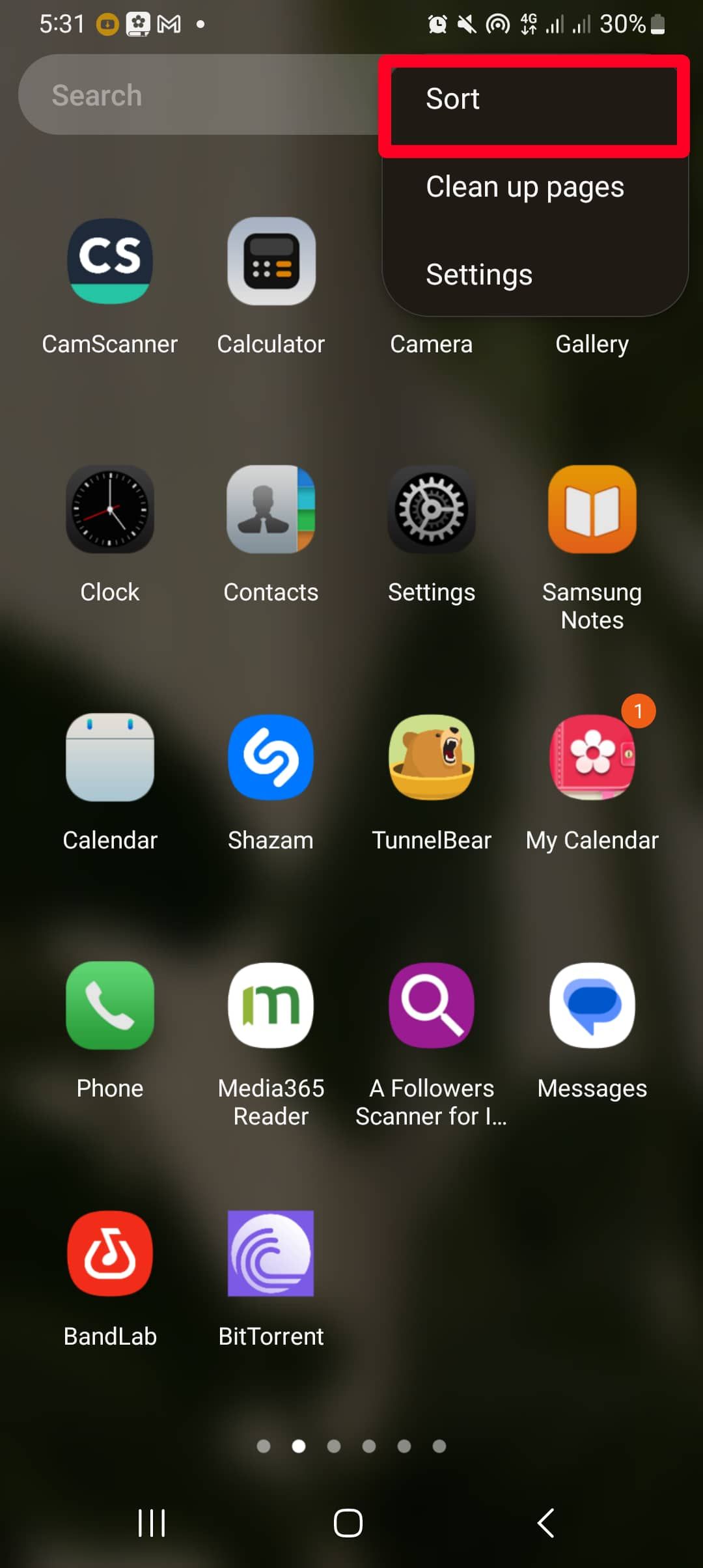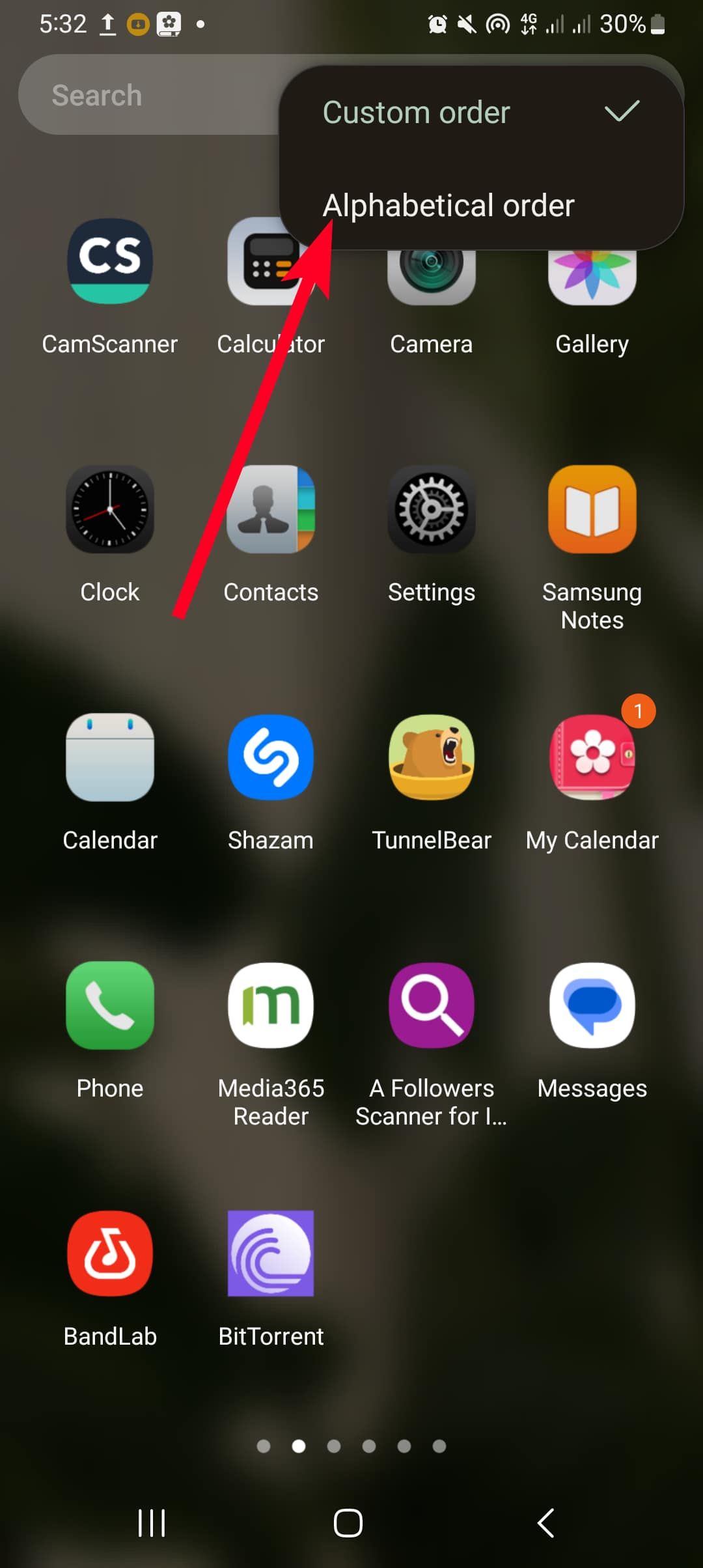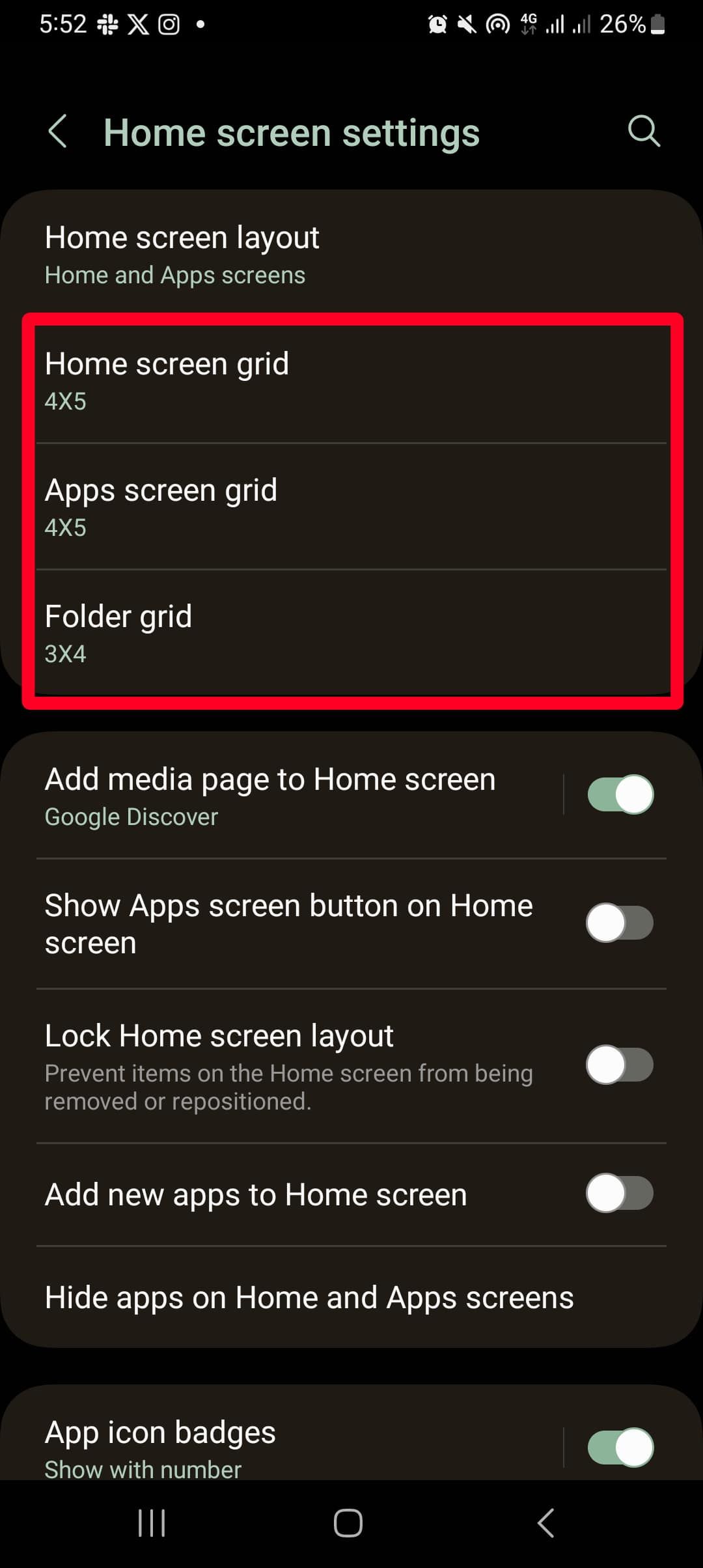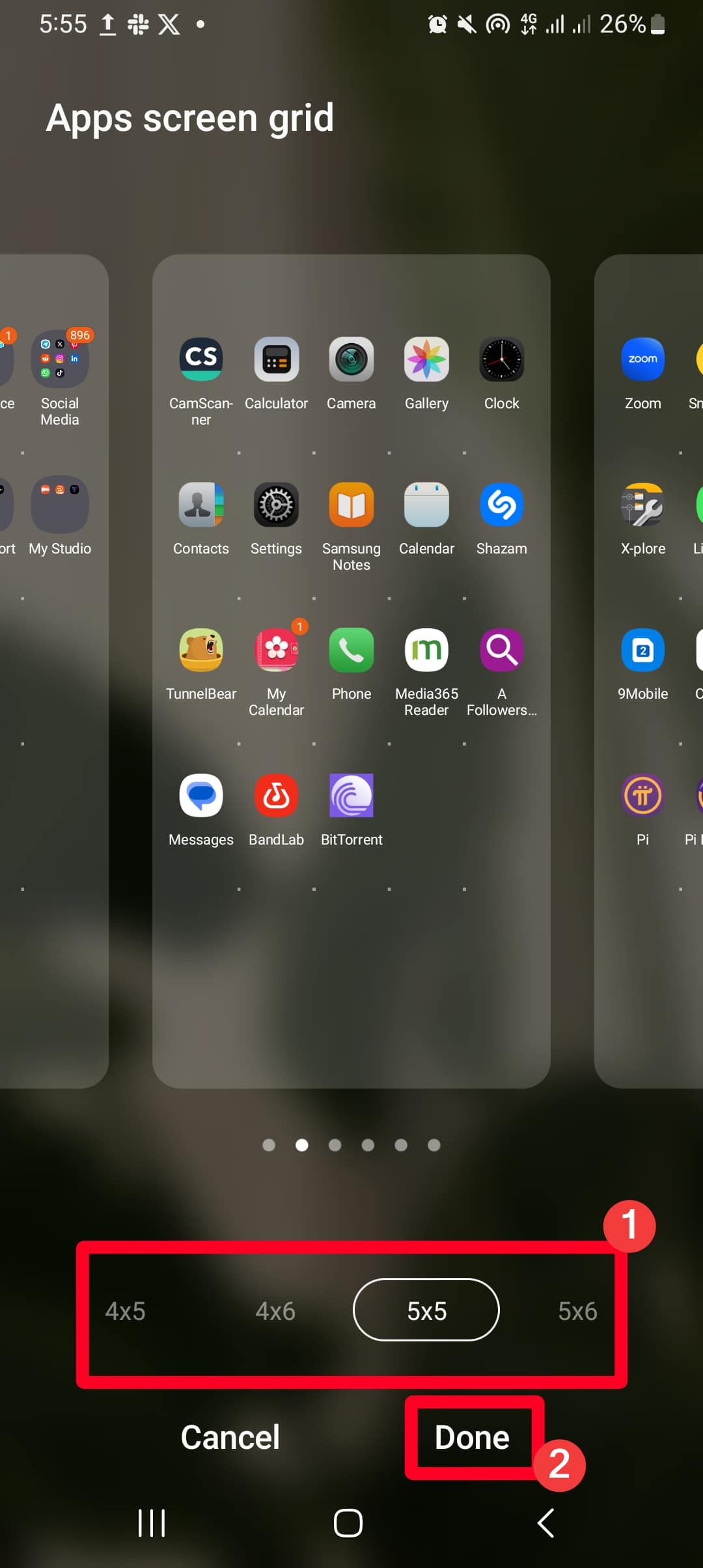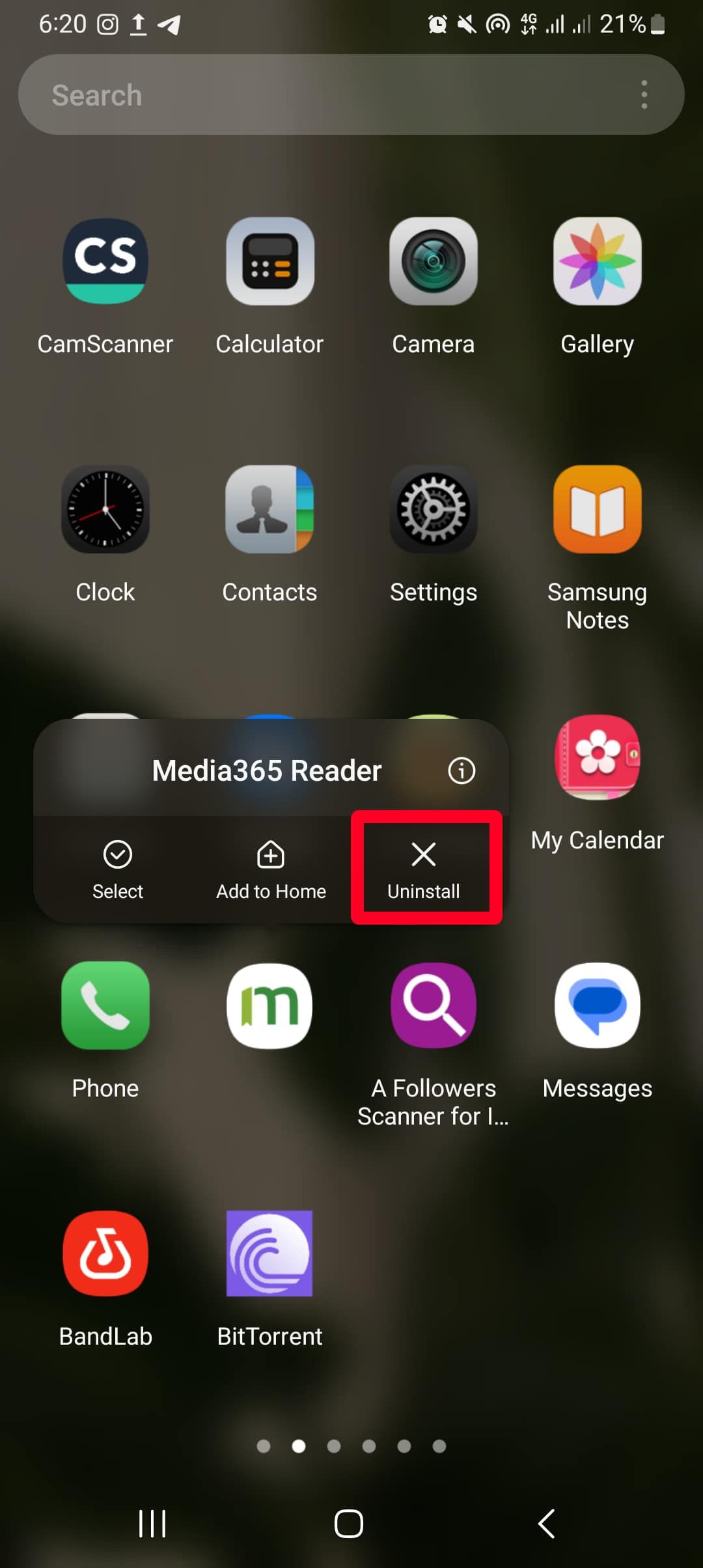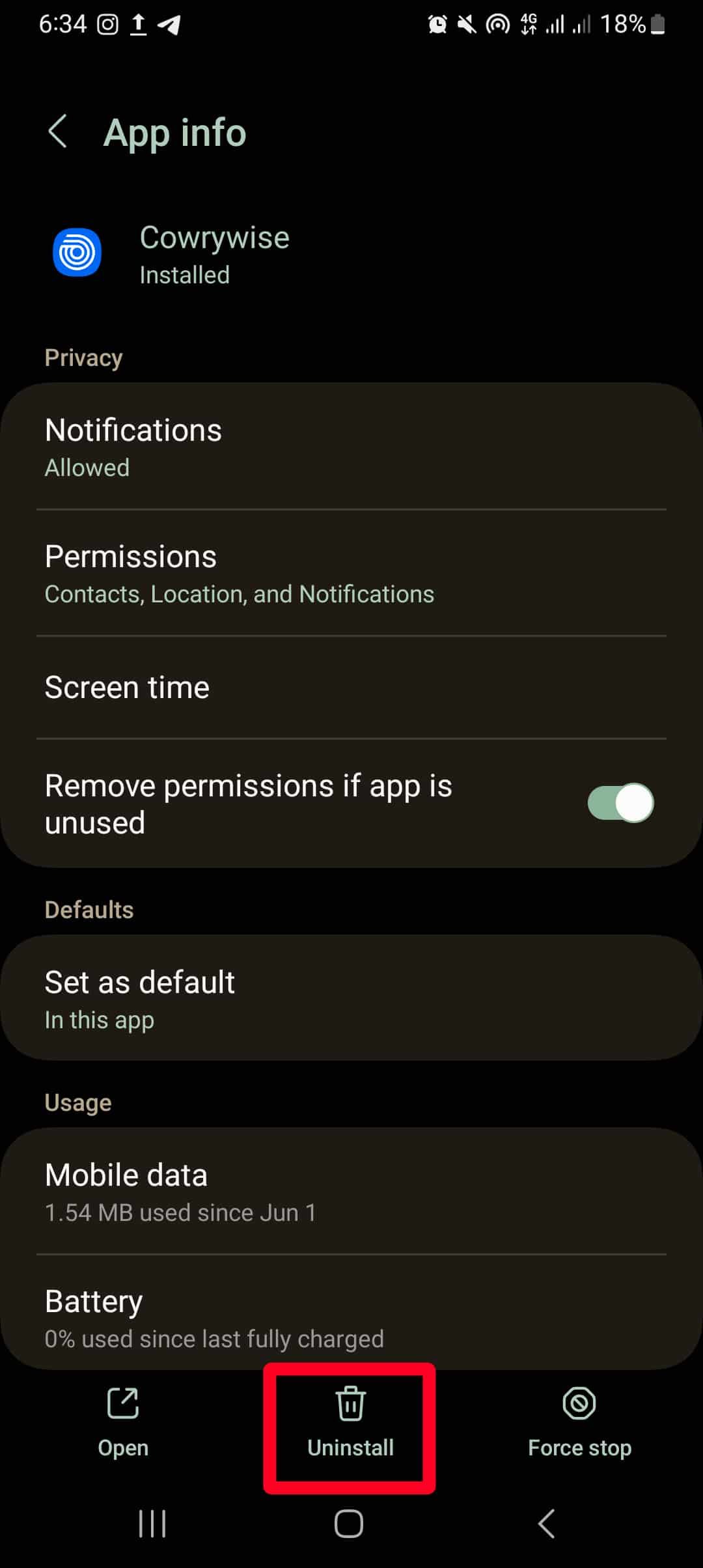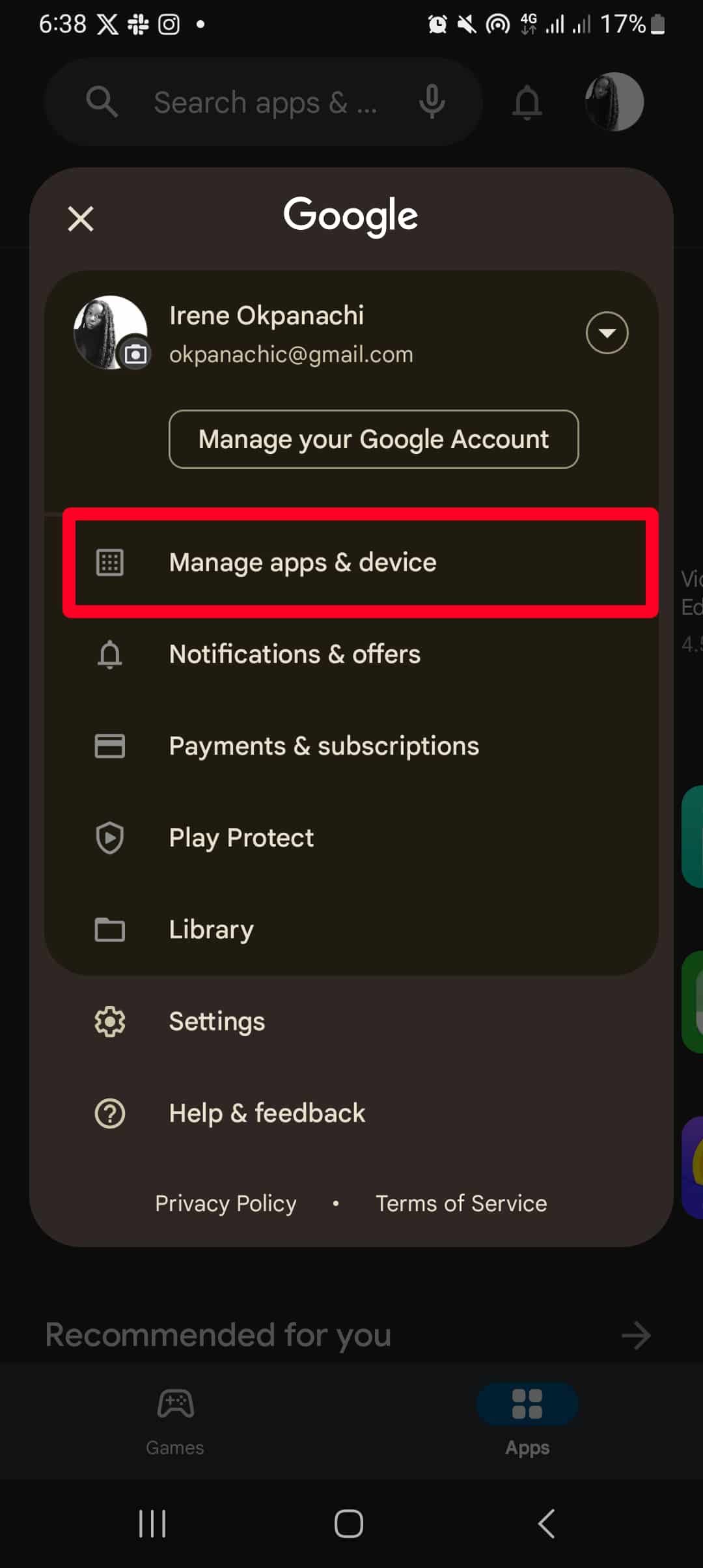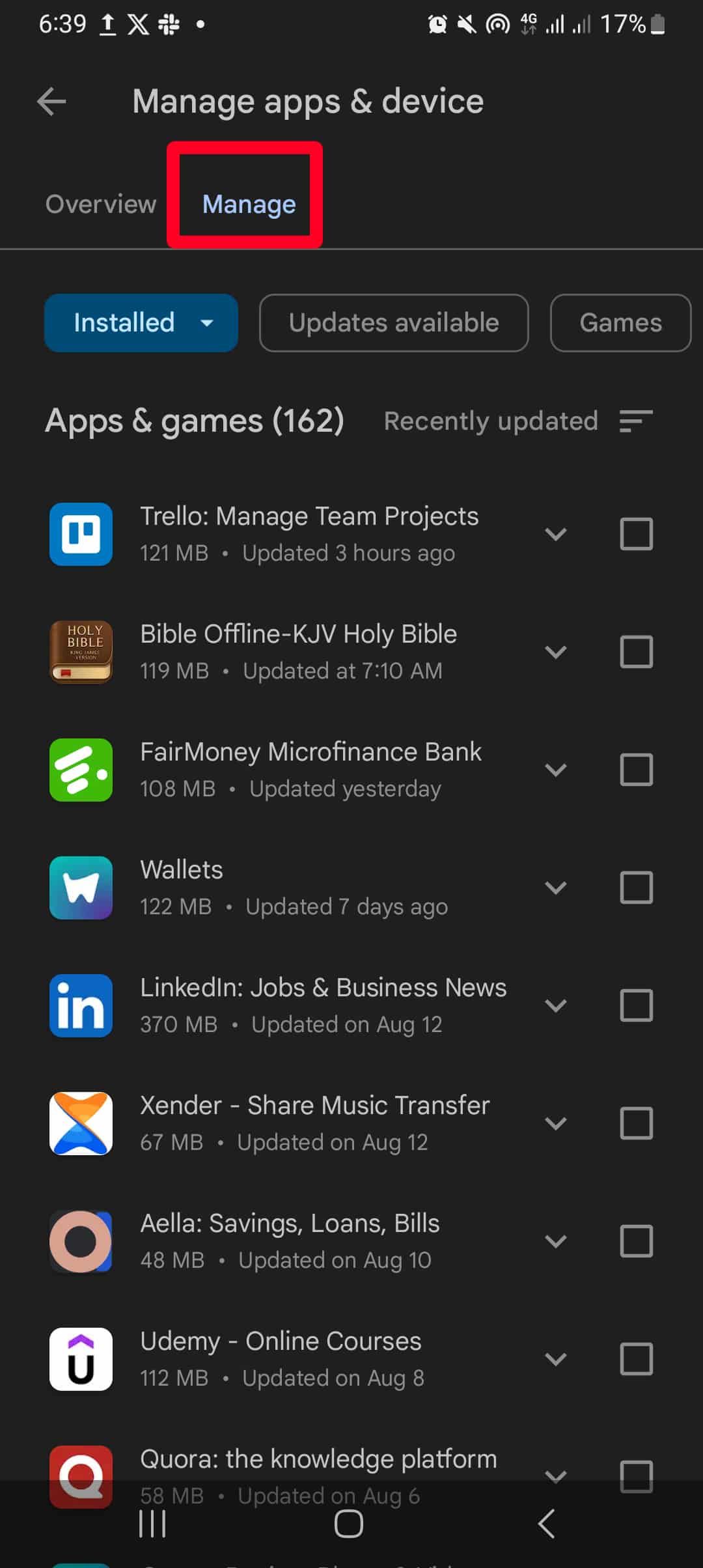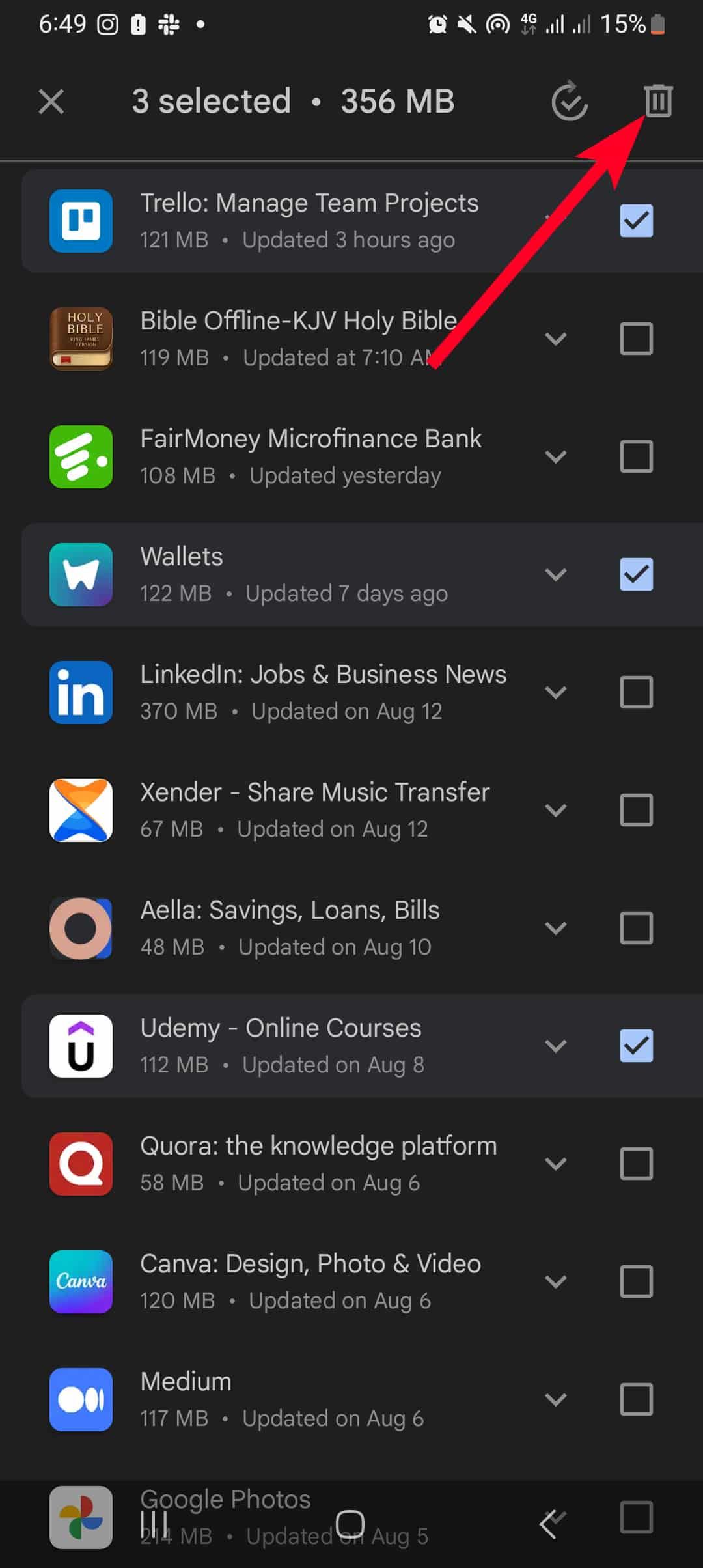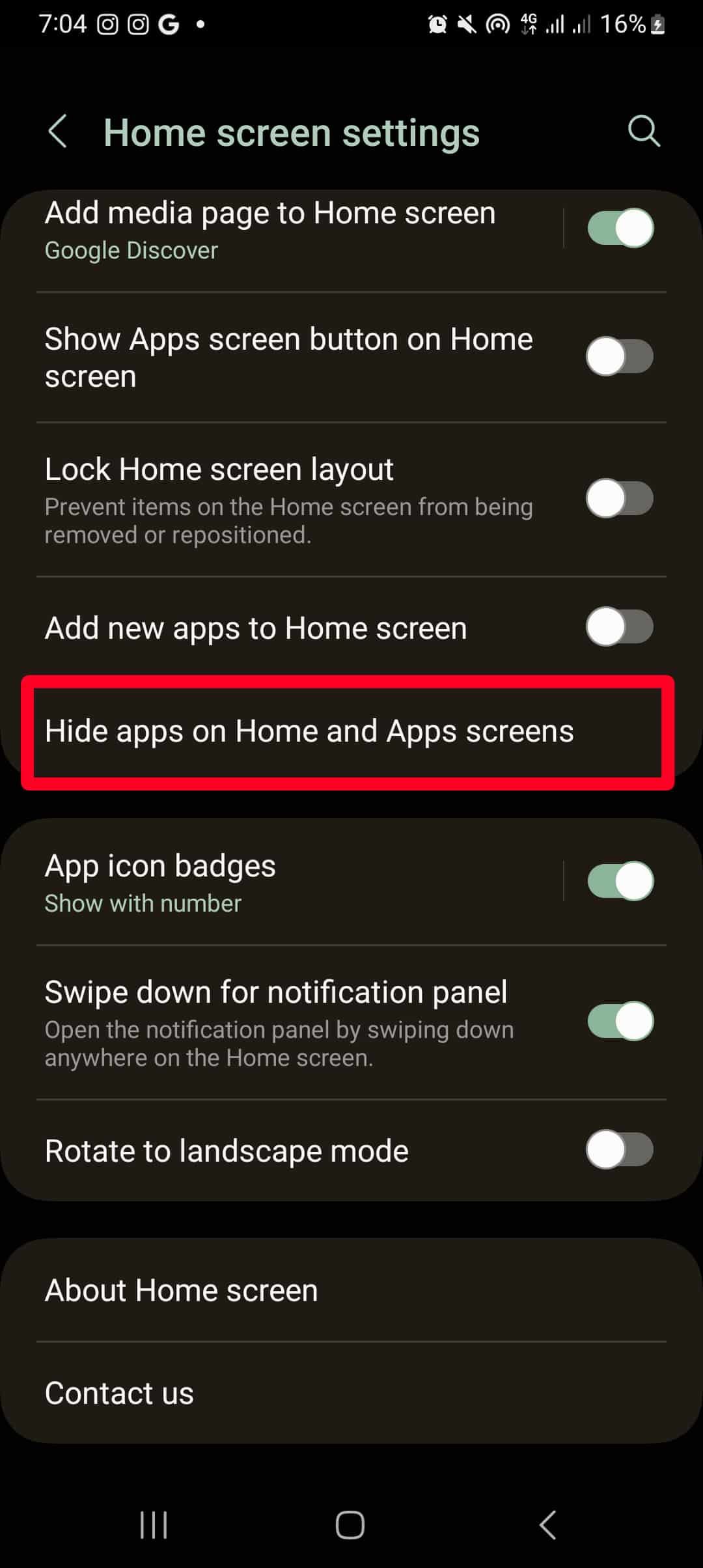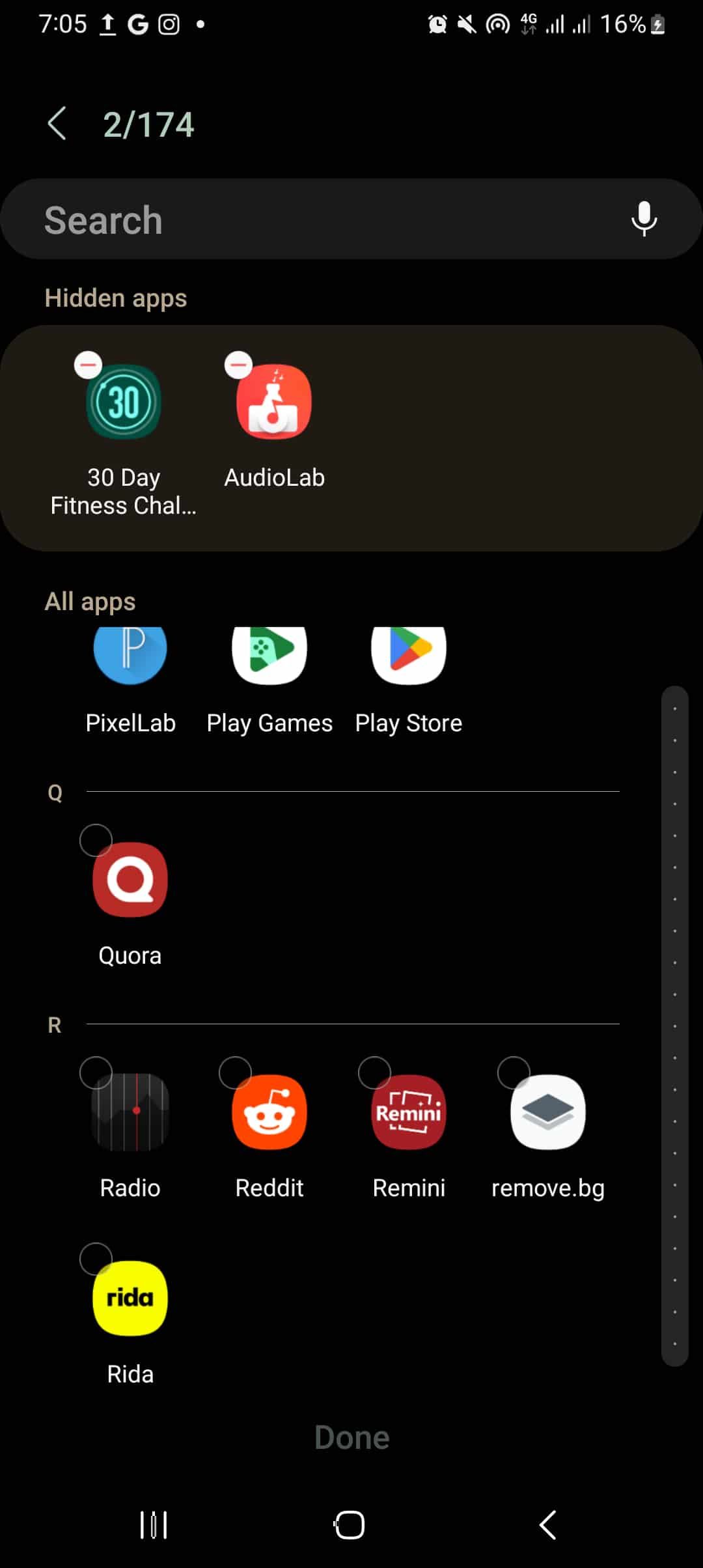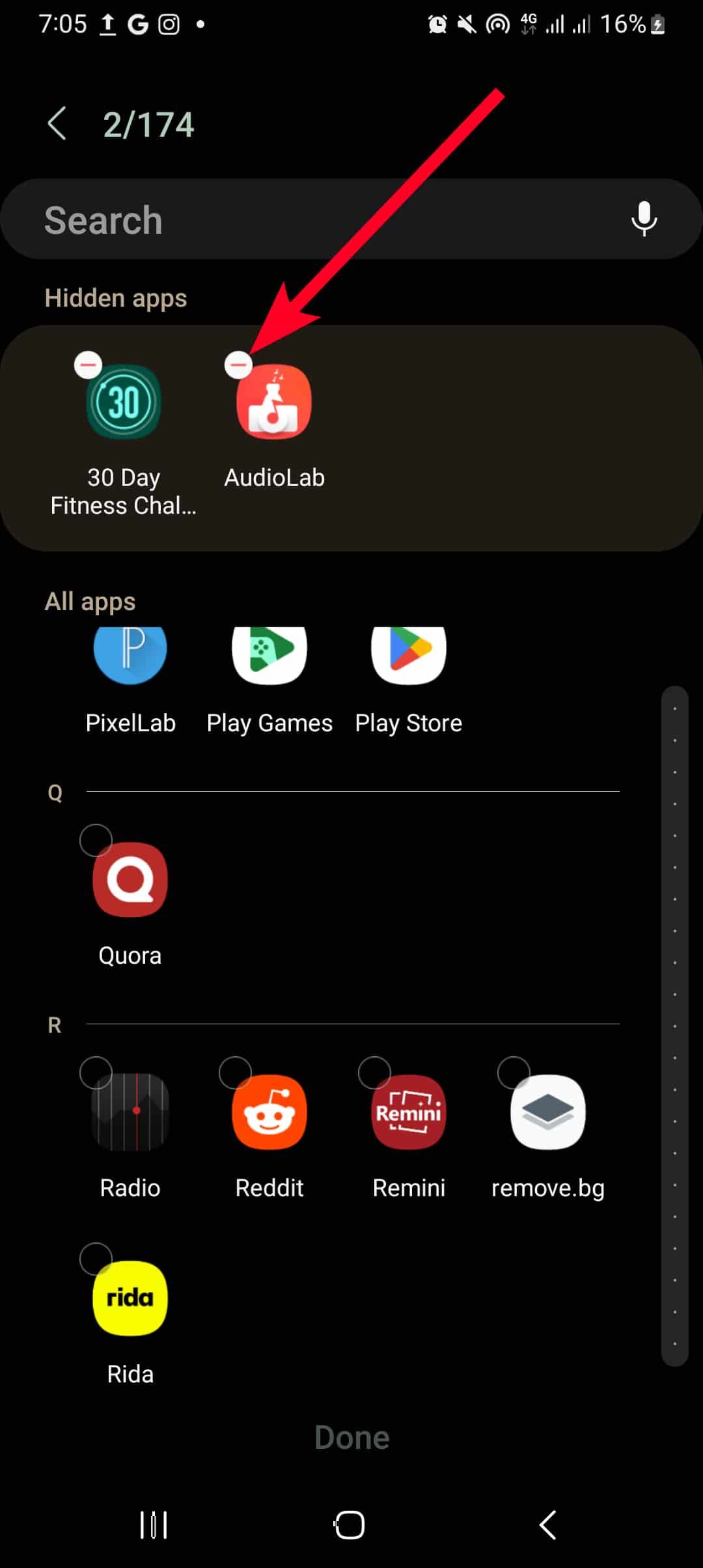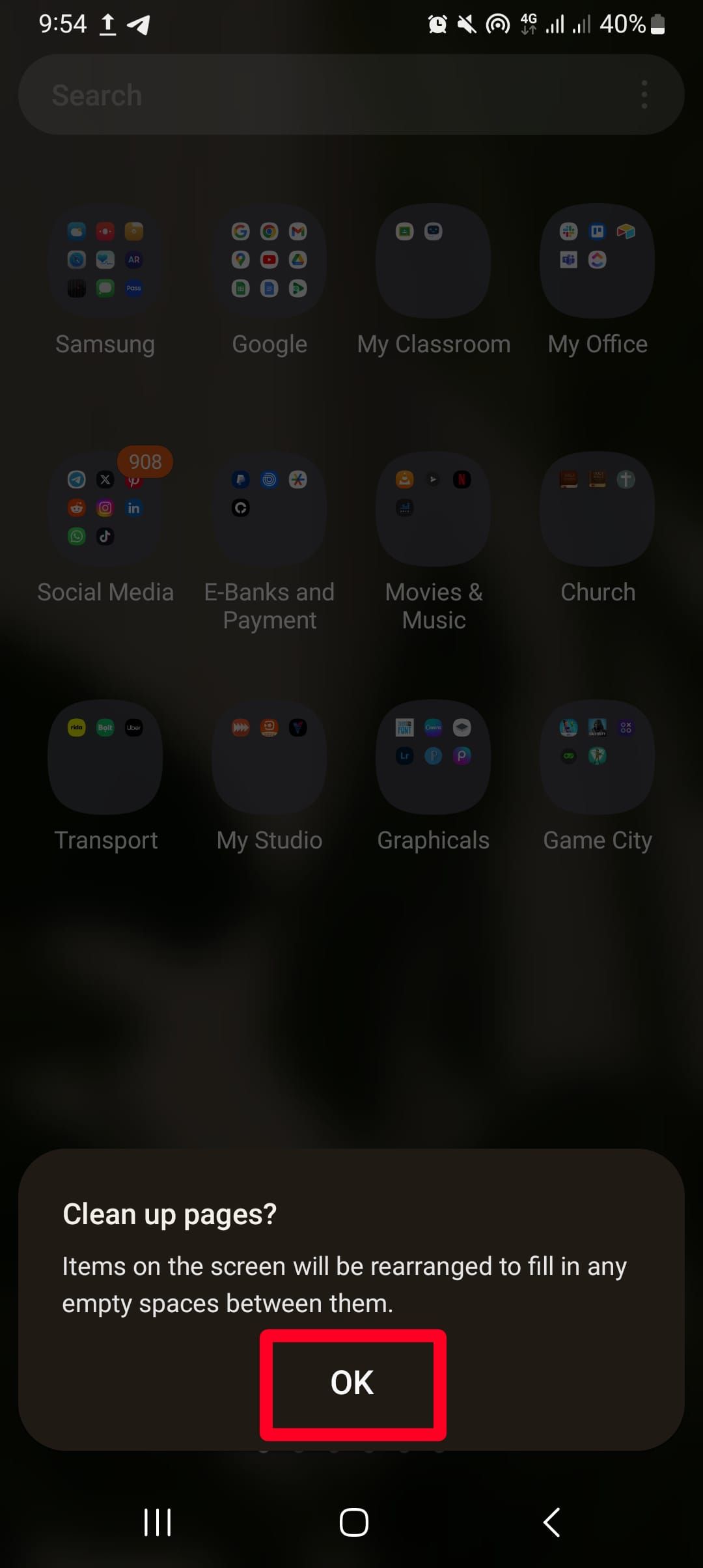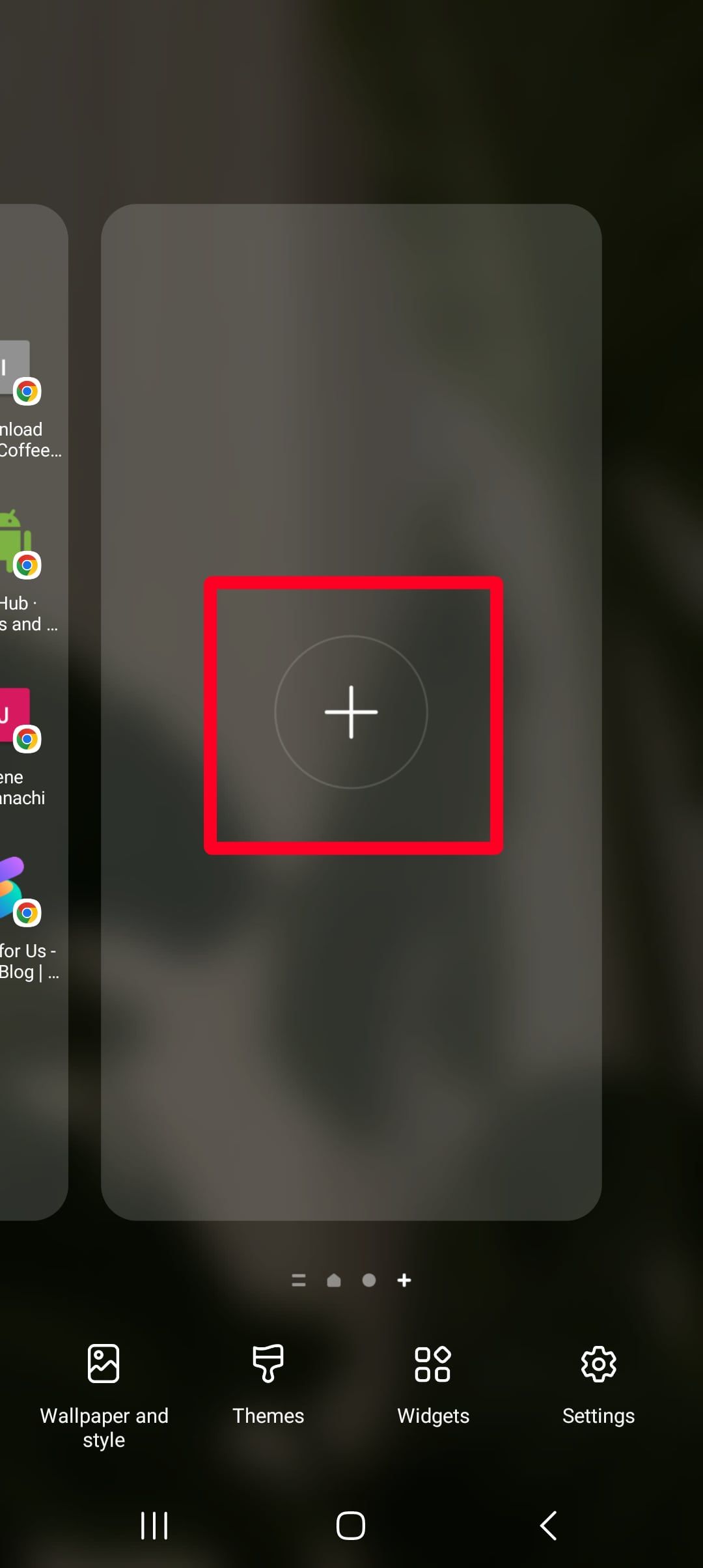Review sản phẩm
Cách tổ chức ứng dụng Android hiệu quả
Giới thiệu How to organize your Android apps
Bạn băn khoăn về việc quản lý ứng dụng trên điện thoại Android của mình? Đừng lo lắng nữa! Chúng tôi mang lại cho bạn một giải pháp tuyệt vời để sắp xếp và tổ chức các ứng dụng của bạn một cách thuận tiện và hiệu quả. Với sản phẩm của chúng tôi, bạn có thể tạo nhóm ứng dụng, tìm kiếm nhanh chóng và dễ dàng truy cập vào các ứng dụng yêu thích của mình. Đừng để cho hàng tá ứng dụng làm bạn mất thời gian và gặp khó khăn trong việc tìm kiếm. Hãy để chúng tôi giúp bạn sắp xếp mọi thứ ngay bây giờ!
#QueenMobile #Đánhgiásảnsảnphẩm #MuaNgay
Trong thế giới công nghệ phát triển ngày càng nhanh chóng, điện thoại di động đã trở thành một trong những công cụ cần thiết hàng ngày của chúng ta. Hầu hết chúng ta đã có một loạt ứng dụng Android trên thiết bị của mình, từ các ứng dụng truyền thông xã hội cho đến các trò chơi và ứng dụng công việc. Tuy nhiên, việc quản lý và sắp xếp các ứng dụng trên màn hình điện thoại có thể trở nên rối rắm và khó khăn. Đó là lý do tại sao Queen Mobile sẽ cung cấp một số gợi ý về cách tổ chức ứng dụng Android của bạn một cách hiệu quả.
Một cách đơn giản để tổ chức ứng dụng trên điện thoại của bạn là sử dụng các thư mục. Bạn có thể tạo ra các thư mục để nhóm các ứng dụng dựa trên chức năng hoặc loại hình công việc. Ví dụ, bạn có thể tạo một thư mục “Sosial Media” cho các ứng dụng như Facebook, Instagram và Twitter. Bạn có thể tạo thêm một thư mục “Trò chơi” cho các ứng dụng chơi game yêu thích của bạn. Bằng cách này, bạn có thể tìm kiếm và truy cập các ứng dụng một cách dễ dàng và nhanh chóng hơn.
Ngoài ra, bạn cũng có thể tổ chức các ứng dụng theo tần suất sử dụng. Đặt các ứng dụng mà bạn sử dụng thường xuyên vào một vị trí dễ nhìn và dễ truy cập. Điều này giúp tiết kiệm thời gian và năng lượng khi tìm kiếm các ứng dụng quan trọng. Bạn có thể đặt chúng trên màn hình chính hoặc trong các thư mục mà bạn thường xuyên thấy. Các ứng dụng ít được sử dụng có thể được lưu trữ trong thư mục khác hoặc trên một màn hình thứ hai.
Queen Mobile cũng cung cấp một loạt ứng dụng tổ chức và quản lý khác nhau cho Android. Bạn có thể tải xuống các ứng dụng như Nova Launcher, Apex Launcher hoặc ADW Launcher để tùy chỉnh ngoại hình và giao diện của màn hình điện thoại. Những ứng dụng này cung cấp nhiều tùy chọn để sắp xếp lại và tùy chỉnh vị trí của các ứng dụng trên màn hình.
Nếu bạn đã quá chán với giao diện màn hình mặc định của điện thoại Android, Queen Mobile cũng cung cấp các gợi ý về cách thay đổi giao diện như thay đổi hình nền, biểu tượng ứng dụng và tạo các tiện ích tùy chỉnh. Điều này giúp tạo ra một màn hình điện thoại độc đáo và phản ánh cá nhân của bạn.
Với những gợi ý và lời khuyên trên, việc tổ chức ứng dụng Android của bạn sẽ trở nên dễ dàng hơn bao giờ hết. Queen Mobile là địa chỉ tin cậy để bạn tìm kiếm và mua sắm các sản phẩm di động chất lượng. Hãy ghé thăm Queen Mobile ngay hôm nay và trải nghiệm sự thuận tiện và tiện ích của các sản phẩm di động cao cấp.
QUEEN MOBILE chuyên cung cấp điện thoại Iphone, máy tính bảng Ipad, đồng hồ Smartwatch và các phụ kiện APPLE và các giải pháp điện tử và nhà thông minh. Queen Mobile rất hân hạnh được phục vụ quý khách….
_____________________________________________________
Mua #Điện_thoại #iphone #ipad #macbook #samsung #xiaomi #poco #oppo #snapdragon giá tốt, hãy ghé [𝑸𝑼𝑬𝑬𝑵 𝑴𝑶𝑩𝑰𝑳𝑬] ✿ 149 Hòa Bình, phường Hiệp Tân, quận Tân Phú, TP HCM
✿ 402B, Hai Bà Trưng, P Tân Định, Q 1, HCM
✿ 287 đường 3/2 P 10, Q 10, HCM
Hotline (miễn phí) 19003190
Thu cũ đổi mới
Rẻ hơn hoàn tiền
Góp 0%
Thời gian làm việc: 9h – 21h.
KẾT LUẬN
Đoạn tóm tắt:
Bài viết này cung cấp một số gợi ý để người dùng Android có thể tổ chức ứng dụng trên điện thoại của họ một cách thông minh và tiện lợi. Một trong những cách đơn giản nhất để làm điều này là sắp xếp các ứng dụng thành các nhóm dựa trên chức năng hoặc sự tương đồng của chúng. Điều này giúp người dùng dễ dàng tìm kiếm và truy cập vào các ứng dụng một cách nhanh chóng.
Bên cạnh đó, việc sắp xếp các ứng dụng theo tần suất sử dụng cũng rất hữu ích. Người dùng có thể đặt các ứng dụng mà họ sử dụng thường xuyên lên màn hình chính hoặc thanh Dock để tiếp cận nhanh chóng. Trong khi đó, các ứng dụng ít sử dụng có thể được di chuyển vào thư mục hoặc trang màn hình khác.
Bên cạnh việc sắp xếp, nó cũng quan trọng để tạo ra một hình nền và biểu tượng hấp dẫn để khiến giao diện điện thoại trở nên thú vị và cuốn hút hơn. Điều này giúp tạo ra một trải nghiệm người dùng tốt hơn và thúc đẩy sự hứng thú của người mua.
Cuối cùng, việc thử nghiệm và tìm hiểu các ứng dụng mới cũng là một phần quan trọng trong việc tăng cường trải nghiệm Android của người dùng. Bài viết này cung cấp một số gợi ý về cách tìm kiếm và cài đặt các ứng dụng mới, giúp người mua khám phá thêm nhiều tính năng và tiện ích hữu ích trên điện thoại Android của mình.
The latest Android devices keep your apps in a custom order by default. When you install new apps, they appear accordingly. This arrangement makes it easy to move them around without limitations. But it’s also tempting to let them pile up. If you often work from your phone or use many productivity apps, it can be a distraction. An organized screen is visually appealing and memorable. You’ll find apps quicker when you arrange them neatly.
Google Pixel and Samsung phones make reorganizing fun, while some custom Android devices turn it into a challenge. The apps screen is stuck in alphabetical order with no option to customize the layout. But the Android OS is versatile, and you can personalize your phone to suit your tastes. If you want to refurbish your homescreen and apps screen, here are the best ways to put them in order.
We use a Samsung A23 smartphone running the One UI 5.1 launcher for this walkthrough. The steps may look different depending on your device’s OS version and model.
Group apps into folders
Select apps on your homescreen and apps screen and categorize them into folders. It keeps them from mixing up and reduces the time to locate them. You can place your favorite games in one folder and productivity tools in another. Afterward, rename them to stand out. A good trick is to reserve the first page of the apps screen for your folders. Then, push the apps you don’t want inside them to the next page if possible. This way, you keep sight of what’s most important to you.
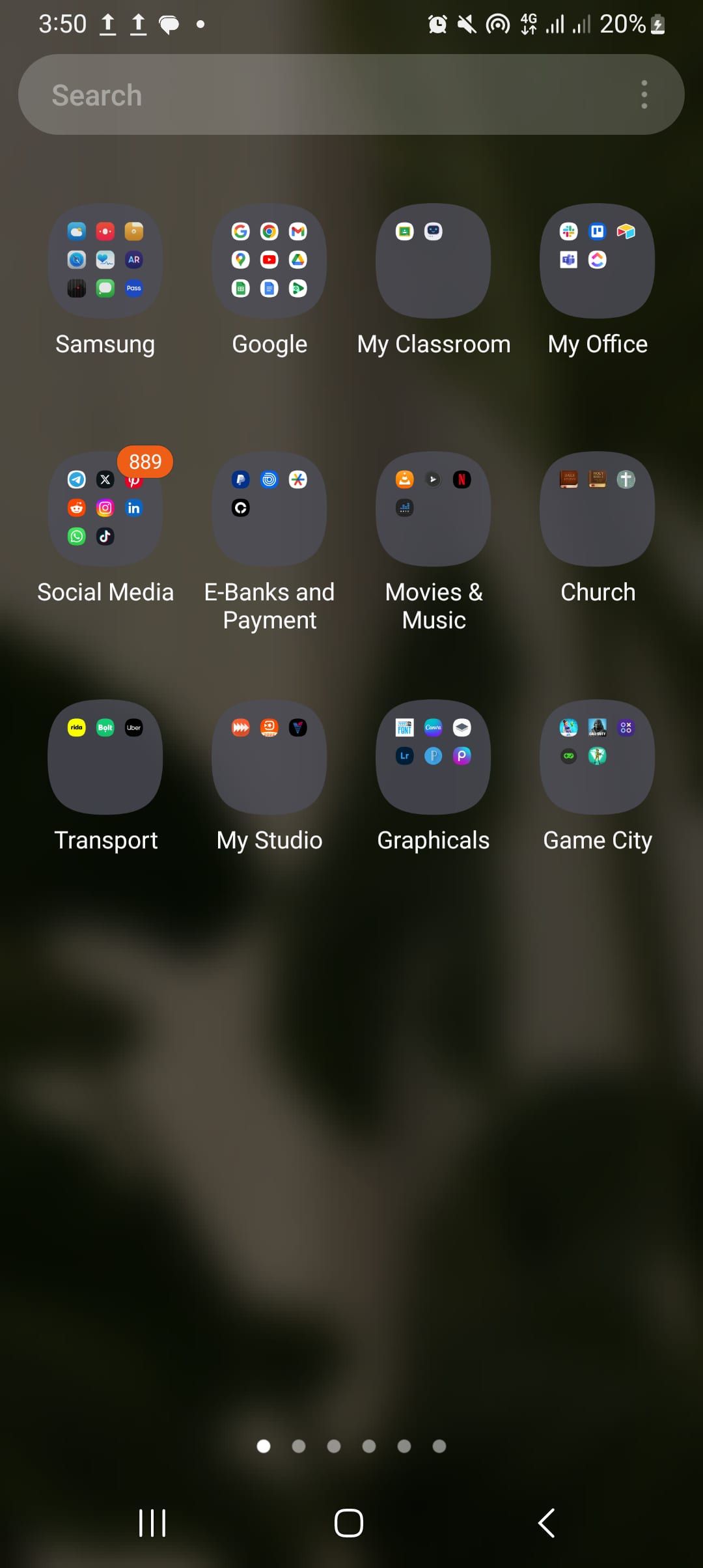
Use the following steps to create the folders and group apps:
- Swipe up on your homescreen to open the apps screen.
- Drag and drop one app on top of another to group them.
- Tap the new folder to give it a different name.
- Alternatively, long-press an app. Then tap Select.
- Tap other apps to select them.
- Tap Create Folder in the upper-right corner.
- Give your folder a name.
- Tap + to add more apps to the folder.
- Tap the gray circle beside + to color the folder.
- Tap the back button in your navigation bar to save the changes and return to the apps screen.
Use only your homescreen
Having an apps screen and homescreen at the same time may be confusing, especially when you’ve installed many apps. Still, you can eliminate the apps menu so that only the homescreen exists. All your apps appear there, and the search page replaces their original menu when you swipe up. If you change your mind, reverse the procedure, and apps return to the apps screen without losing their initial arrangement. Here’s how to hide the screen:
- Long-press an empty spot. Then tap Settings. Alternatively, go to Settings > Home screen.
- Tap Home screen layout.
- Select Home screen only and apply the settings.
Widgets give you access to an app’s most important features. Rather than open the app, use its widget as a shortcut. For example, Google Calendar has widgets that display your schedule or the month’s view at a glance. Also, Docs has one that lets you create new documents. Widgets apply only to the homescreen, and you can adjust their sizes. Use the following steps to add them:
- Long-press an empty part of your homescreen.
- Tap Widgets.
- Select an app.
- Tap any of its widgets.
- Tap Add to pin it to the homescreen.
- If the widget allows resizing, use the tiny circles on its edges to adjust it.
Lock your homescreen layout
If you pinned your favorite apps, web pages, and widgets to your homescreen, lock them in place to avoid moving them accidentally. Long-pressing the apps still displays options to select, remove, and uninstall them. However, they won’t work. Your device prompts you to unlock the apps first. Follow the steps below to get it done:
- Long-press a vacant spot on your homescreen.
- Tap the toggle switch beside Lock Home screen layout.
Sort apps alphabetically
The custom format for sorting apps on Android is great. However, apps appear in the order you install them. You can rearrange them, but sorting them alphabetically is easier. This option also organizes the apps inside folders, so you’re not forced to do it manually. Switching to an alphabetical arrangement doesn’t affect the custom one, and you can revert to it anytime. Use the steps below to sort apps:
- Swipe up on your screen to open the apps screen.
- Tap the three-dot icon in the upper-right corner.
- Tap Sort.
- Select Alphabetical order.
Adjust grid sizes
You may prefer large app icons so that you can see them better. Other times, you want them small so that they fit together on one screen. Either way, you can’t scale them individually. But you can adjust their grid sizes. That is, choosing how many apps you want to appear in rows or columns at a time. Though this feature doesn’t affect the icon size, it gives the illusion of doing so. Afterward, customize the icons to follow a theme if your device allows it.
Android’s default homescreen and apps screen grid size is 5X5, and you can reduce it to 4X5 or increase it to 5X6. For folders, you’re limited to sizes 3X4 and 4X4. These sizes are available on the Android 12 OS and newer versions. Lower versions have fewer options or need third-party launchers to customize the icons. Depending on your device model, you can do it from the homescreen or settings menu. Here’s how:
- Long-press an empty spot on your homescreen.
- Tap Settings.
- Select either the Home screen grid or App screen grid and Folder grid layout options. On some devices, these options are in the Wallpaper & style menu.
- Select a grid size to preview it. You can’t preview Folder grid sizes.
- Tap Done to apply the changes.
Uninstall unnecessary apps
There’s no better way to organize your phone than to eliminate unnecessary files. Your phone provides multiple methods to uninstall apps. Remove them from the homescreen and apps screen, settings menu, and Google Play Store. Preinstalled system apps are harder to uninstall, but you can deactivate them so that they don’t work in the background or appear among your apps. Use the following steps to get started:
Uninstall apps from the apps screen
- Swipe up to open the apps screen.
- Long-press an app and tap Uninstall.
- Select OK for confirmation.
Uninstall apps from the homescreen
- Long-press an app.
- Tap Uninstall.
- Select OK for confirmation.
- To erase widgets and shortcuts, long-press them and tap Remove.
- Go to Settings > Apps.
- Select an app from the list.
- Tap Uninstall.
- Select OK for confirmation.
Uninstall apps from the Google Play Store.
- Open Google Play Store.
- Tap your profile icon in the upper-right corner.
- Select Manage apps & devices.
- Tap Manage.
- Check the boxes beside apps to select them.
- Tap the trash icon in the upper-right corner.
- Select Uninstall for confirmation.
Hide apps
If you have sensitive apps on your phone and don’t want anyone snooping around, hide them. Hidden apps don’t appear on the homescreen or apps screen. Use Samsung Secure Folder or the homescreen settings menu to conceal them. Here’s how to use the homescreen:
- Long-press an empty spot.
- Select Settings.
- Tap Hide apps on Home and Apps screens.
- Select the apps you want to hide.
- Tap Done.
- Tap the minus sign beside hidden apps to unhide them.
Clean up apps screen pages
When you uninstall or hide apps in the apps screen, unnecessary empty spaces remain. You could move apps around to cover them up, but that takes time. Instead, use the automatic clean-up feature. Here’s how:
- Swipe up to open the apps screen.
- Tap the three-dot icon in the upper-right corner.
- Select Clean up pages.
- Tap OK for confirmation.
Manage homescreen pages
If you eliminated the apps screen or added apps to your homescreen, it may appear cluttered. You can add an extra page and move apps to that page to create more space. Also, if you don’t need a page anymore, delete it. However, doing that removes every app on the page. Manage your homescreen with the following steps:
- Drag an app toward the right side of your screen to create a new page.
- Alternatively, long-press an empty space on your homescreen.
- Swipe left. Then tap +.
- To move apps to the new page, long-press and hold them. Then, drag them toward the direction of the page.
- Tap the trash icon above a page.
- Select Delete for confirmation.
Next up, organize your files
Now that you’ve conquered your app collection, it’s time to arrange your files. Many people dread this part of owning a smartphone because it’s stressful. You must carefully browse through documents, images, and other files to delete the ones you don’t need or move them to different folders. There are smart file managers that simplify the task and optimize your storage. Use them to uncover hidden files, receive clean-up suggestions, and manage apps on your device, among other functionalities.
Khám phá thêm từ Phụ Kiện Đỉnh
Đăng ký để nhận các bài đăng mới nhất được gửi đến email của bạn.



